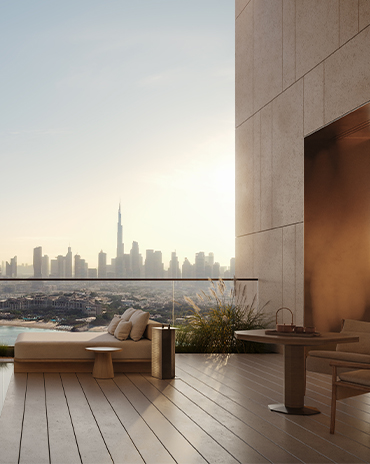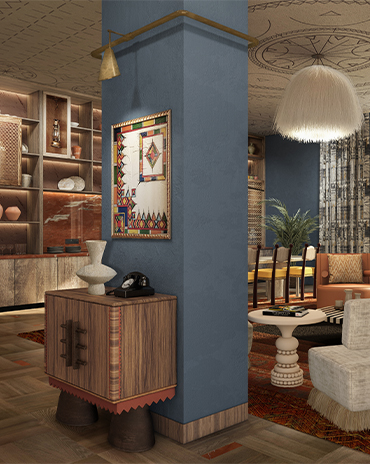Copyright © 2025 Motivate Media Group. All rights reserved.
A new book highlights India’s contemporary architecture
Contemporary House India features homes photographed by Edmund Sumner
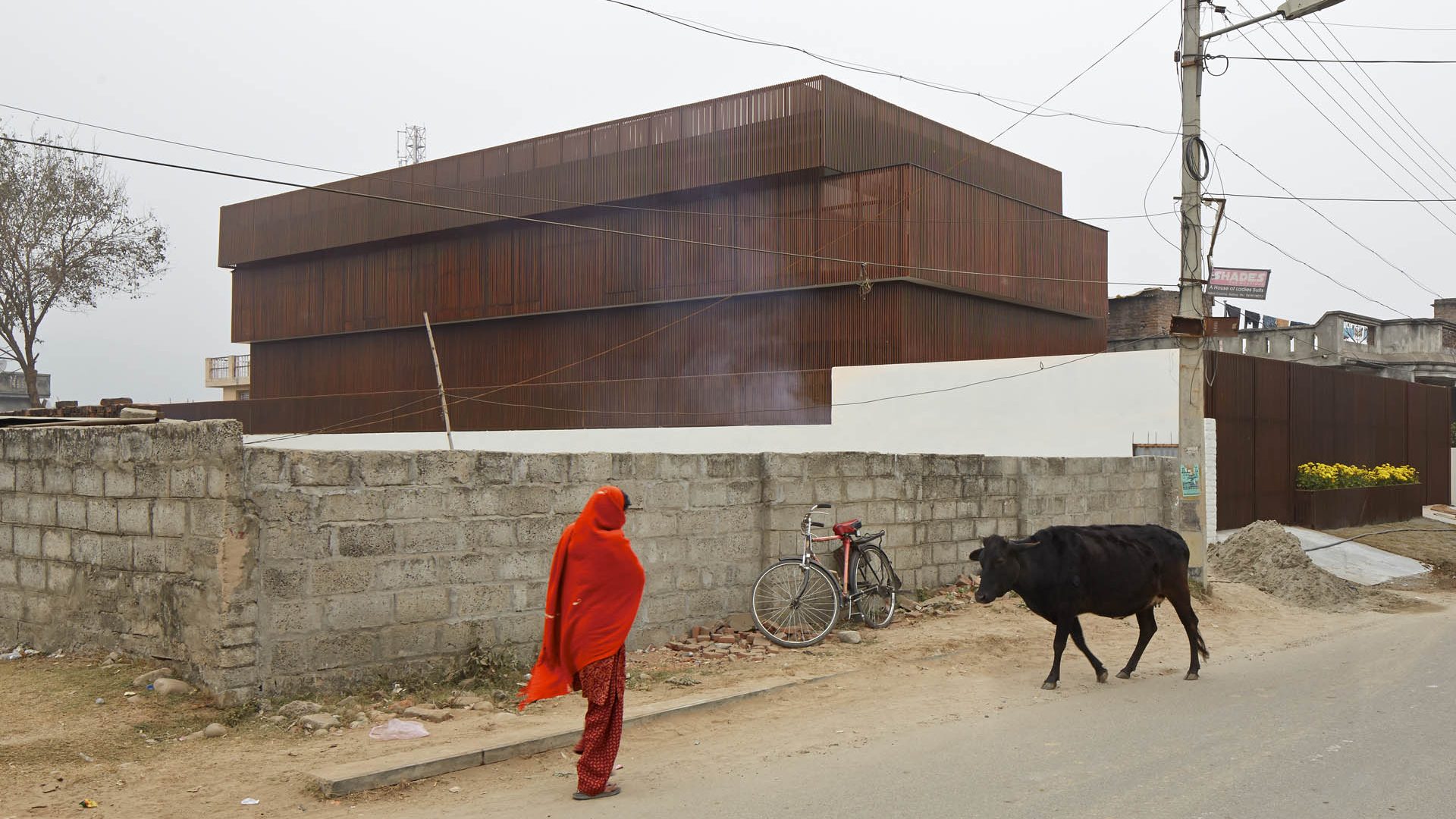
“A house is not just a house; it is a home. It is a community. It is a living entity – and we must celebrate this,” said Pritzker Prize-winning architect Balkrishna (B.V.) Doshi in an interview with architect and writer Rob Gregory – who has joined forces with architectural photographer Edmund Sumner to create a major survey on India’s contemporary residential architecture. Containing over twenty examples of India’s finest contemporary homes, Contemporary House India features private residences built by leading and up-and-coming architects, including the likes of B.V. Doshi himself, as well as Studio Mumbai, Architecture BRIO, Matharoo Associates, Abraham John Architects and Khosla Associates.

Retreat in Sahyadris by Kholsa Assocaites ©Edmund Sumner
Published by Thames & Hudson, Contemporary House India highlights India’s thriving architectural scene through projects that span the country, from the western coasts of Goa and Maharashtra and the inland waters of the Western Ghats to the inner-city havens of Ahmedabad and Mumbai, as well as the banks of the river Ganges in the north – all illustrated through the photography of Sumner and architectural plans for each project. The book is split into four chapters, each one highlighting a form of architecture: ‘Urban Living’, ‘Remote Villas’, ‘New Settlements’ and ‘Improvisation’.
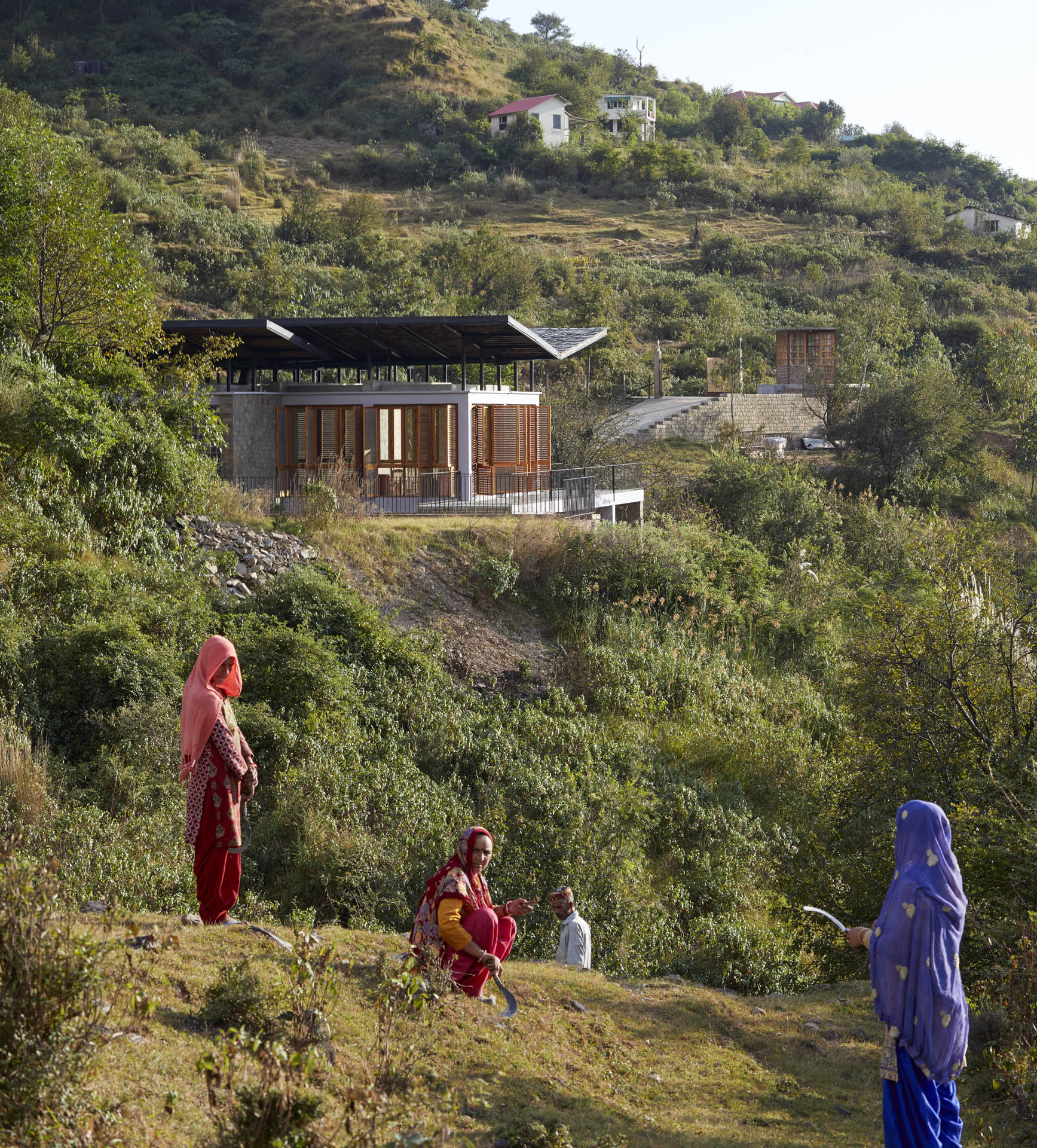
Flying House by Remi Kholsa Associates ©Edmund Sumner
As well as showcasing the wide range of contemporary residences that span the country, Contemporary House India also highlights new approaches to building, that have been bolstered by a generation of design-savvy homeowners. It also includes introductory essays, involving the country’s top practicing architects, on the subject of India’s residential architecture in the context of its varied landscapes and climate, as well as historical influences and socio-cultural and economic realities.
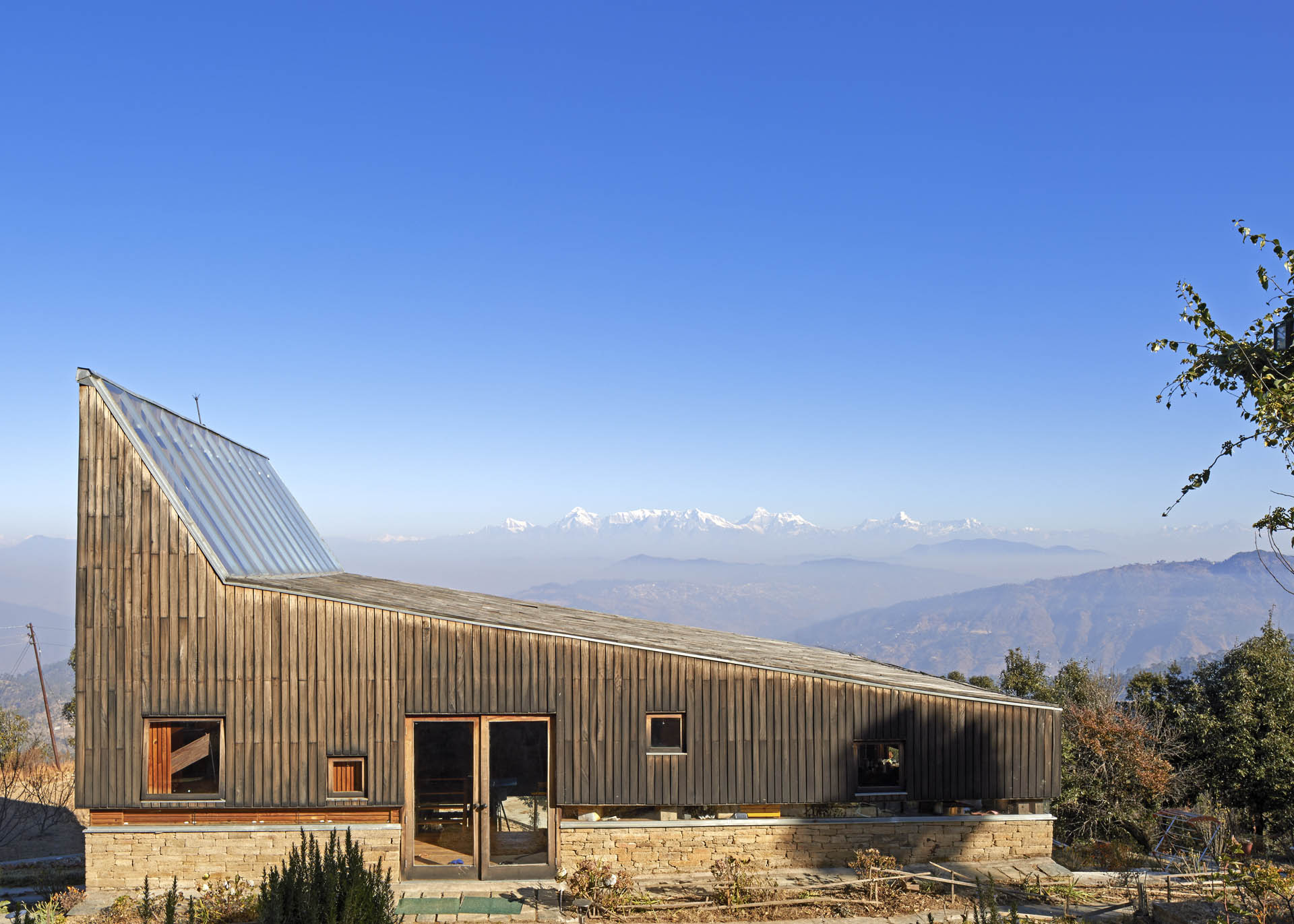
The Wood House by Matra Architects © Edmund Sumner
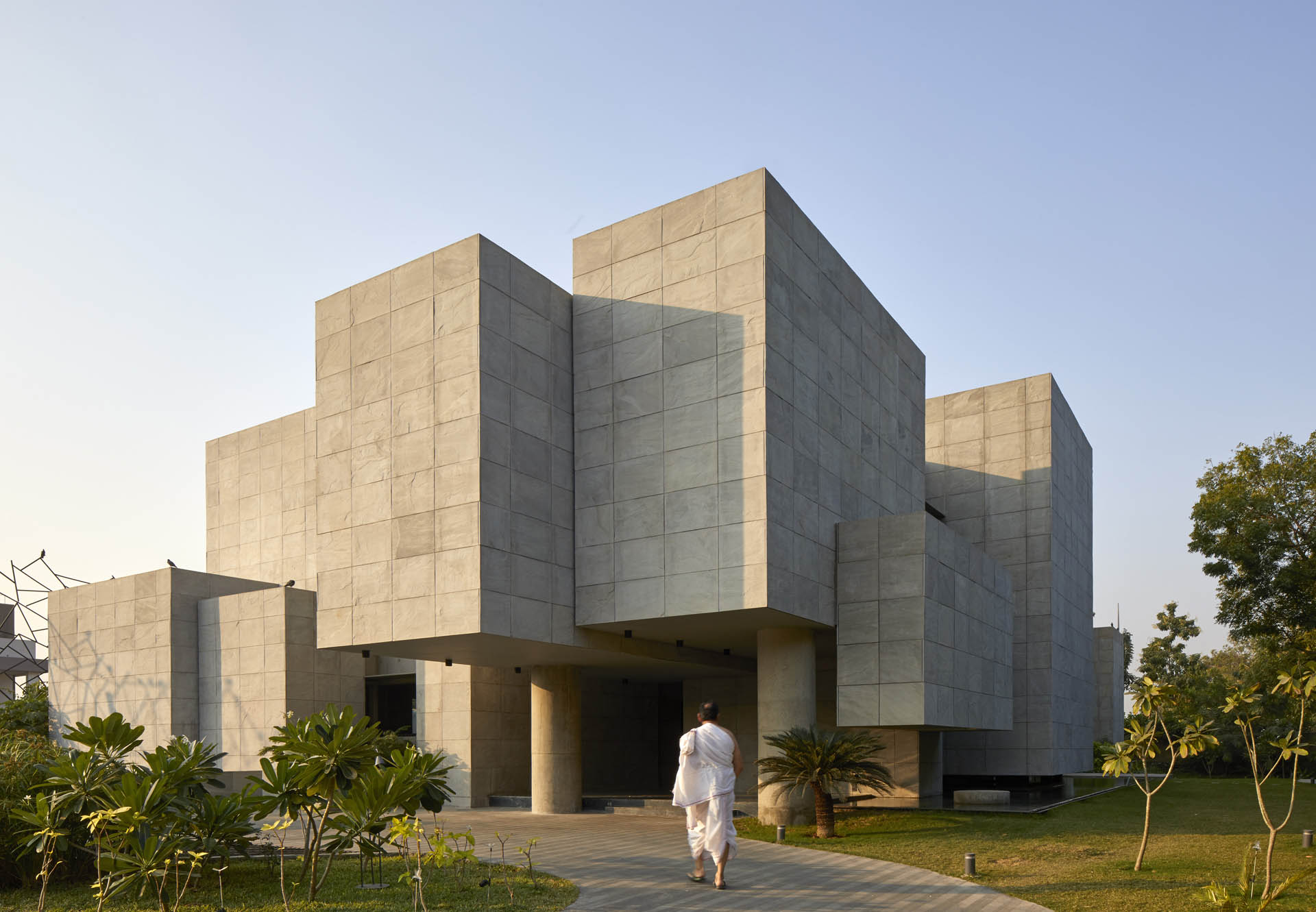
Fissured Living, Ahmedabad, India. Architect: Matharoo Associates, 2018.
Robert Verrijt, founder of Architecture BRIO – the firm behind the Tala Treehouse Villa and the House on a Stream, which both feature in the book – who was born and trained in the Netherlands, questions the need to put a stamp on an Indian architectural identity, asking whether it is necessary at all. “In the Netherlands, you are not asked if your work has a Dutch identity or a European one. You do not question the historical reality of Modernism… I think we should be more open to diversity, and embrace new possibilities. The world is becoming less homogenous,” he says.
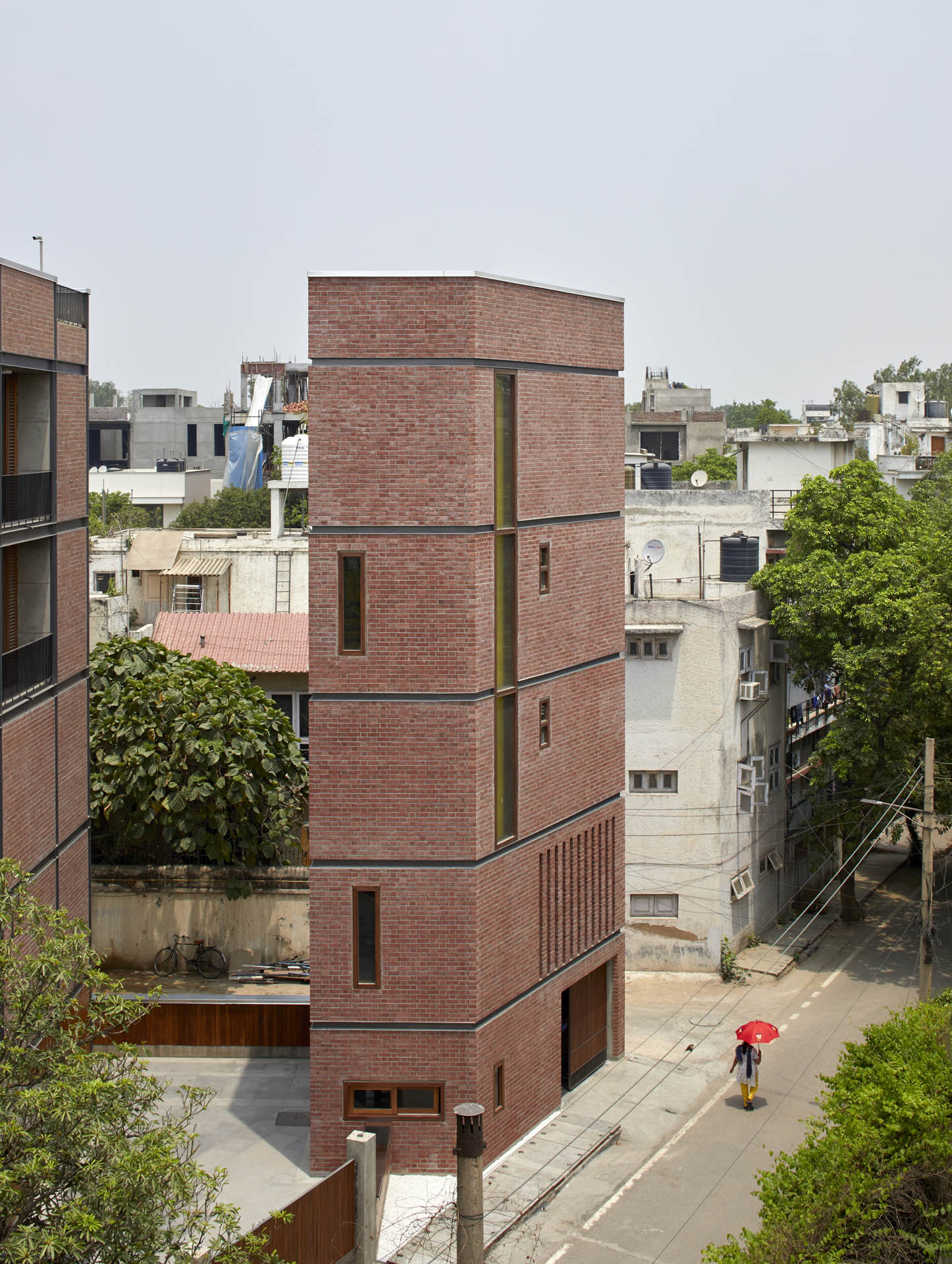
Brick House by Remi Kholsa Associates ©Edmund Sumner
The Latest
Designing Movement
RIMOWA’s signature grooved aluminium meets Vitra’s refined design sensibilities
A Sense of Sanctuary
We interview Tanuj Goenka, Director of Kerry Hill Architects (KHA) on the development of the latest Aman Residences in Dubai
Elevated Design
In the heart of Saudi Arabia’s Aseer region, DLR Group has redefined hospitality through bold architecture, regional resonance and a contemporary lens on culture at Hilton The Point
Turkish furniture house BYKEPI opens its first flagship in Dubai
Located in the Art of Living, the new BYKEPI store adds to the brand's international expansion.
Yla launches Audace – where metal transforms into sculptural elegance
The UAE-based luxury furniture atelier reimagines the role of metal in interior design through its inaugural collection.
Step inside Al Huzaifa Design Studio’s latest project
The studio has announced the completion of a bespoke holiday villa project in Fujairah.
Soulful Sanctuary
We take you inside a British design duo’s Tulum vacation home
A Sculptural Ode to the Sea
Designed by Killa Design, this bold architectural statement captures the spirit of superyachts and sustainability, and the evolution of Dubai’s coastline
Elevate Your Reading Space
Assouline’s new objects and home fragrances collection are an ideal complement to your reading rituals
All Aboard
What it will be like aboard the world’s largest residential yacht, the ULYSSIA?
Inside The Charleston
A tribute to Galle Fort’s complex heritage, The Charleston blends Art Deco elegance with Sri Lankan artistry and Bawa-infused modernism
Design Take: Buddha Bar
We unveil the story behind the iconic design of the much-loved Buddha Bar in Grosvenor House.






